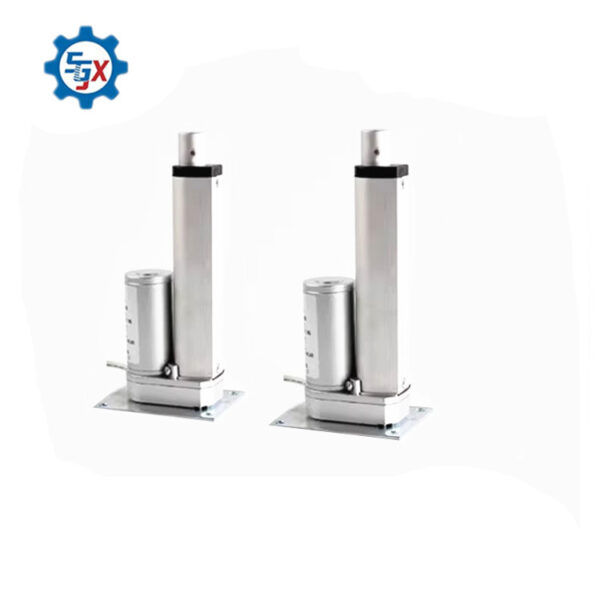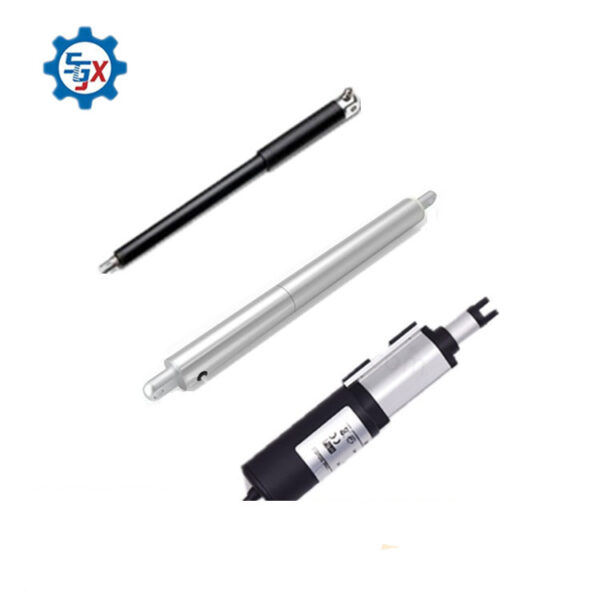Tungsten steel milling cutter is a tool made of tungsten steel (tungsten carbide, also known as tungsten-titanium alloy). Generally, it is mainly used in CNC machining centers and CNC engraving machines. It can also be used on ordinary milling machines for machining hard heat-treated materials (less complex shapes). The hardness of tungsten steel milling cutter is Vickers 10K, which is second only to diamond. It is wear-resistant, brittle and hard, and is not afraid of annealing. It is often used in high-speed milling.
The life of tungsten steel milling cutter is closely related to many factors such as machine tool processing conditions and cutting parameter requirements. Some people believe that the harder the tool, the better. In fact, this understanding is incorrect, and harder tools are not better, depending on the hardness of the workpiece and the actual processing conditions. Random cutting during use not only reduces the processing efficiency, but also affects the life of the milling cutter.
Factors such as geometric angle, cutting force, cutting heat, and cutting volume all play a role. Therefore, it is very important to master the durability of tungsten steel milling cutters. Only by improving the durability of the milling cutter can its life be extended and its full potential realized. Otherwise, the tool will wear prematurely or be cut by a tool that is too blunt.
In order to prolong the service life of tungsten steel milling cutter, the following points should be paid attention to:
- Reasonably choose the cutting amount.
The amount of cut affects the durability of the tungsten steel milling cutter. If the cutting depth and feed rate are too large, it will increase the cutting resistance and accelerate the wear of the tungsten steel milling cutter. Therefore, choosing an appropriate amount of cutting can also prolong the service life of the tungsten steel milling cutter. If the tungsten steel milling cutter has abnormal wear or chipping causes rapid wear, the tool should be selected and the cutting parameters should be changed. In order to increase the strength of the tool, it is also effective to use a negative rake geometry while selecting a fine carbide material with high hardness. The modification of cutting conditions is to reduce the amount of cutting first, rather than greatly reducing the feed rate. In order to maintain the wear resistance of the tungsten steel milling machine and obtain a good surface finish, it is important to choose a high rather than a low cutting speed. Reduce the amount of cutting and realize stable processing on high-speed milling machines.
- Improve the geometric angle of the tungsten steel milling cutter.
The angle and shape of the tungsten steel milling cutter will affect the change of cutting force. Larger rake angles result in less chip deformation, lighter cutting, lower cutting resistance and cutting heat. Under the premise of ensuring that the tungsten steel milling cutter has sufficient strength, the rake angle should be as large as possible. Decreasing the entry angle will increase the length of the cutting edge involved in cutting, so the cutting heat is relatively distributed, the tool nose angle increases, and the cutting temperature may decrease.
- Master and adjust the best cutting conditions.
Set and maintain good cutting conditions. Grasp the cutting status of accessories through vibration analysis, etc., and make timely adjustments to prepare the working environment for tungsten steel milling cutters. After replacing the tungsten steel milling cutter, the size should be adjusted to ensure proper fastening and cutting conditions.
- Reasonably choose the material of the milling cutter.
Workpiece materials and processing conditions greatly affect the cutting performance of tungsten steel milling cutters. To deal with different materials, you should know how to choose different tools to meet your cutting requirements.
- Coating
Coating is particularly important for the heat resistance of tungsten steel milling cutters, and coatings can improve the hardness, oxidation resistance and wear resistance of milling cutters.
- Knife handle
Modern tool holders use thermal expansion holders with very high holding forces. Thermal expansion holders are now used in many finishing centers due to their high run-out accuracy. Strong clamping force and low vibration can be used during rough machining, so stable machining can be performed even with tungsten carbide milling cutters that are prone to chipping.




No comment